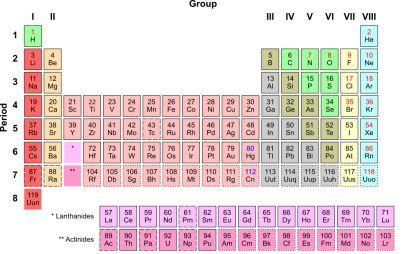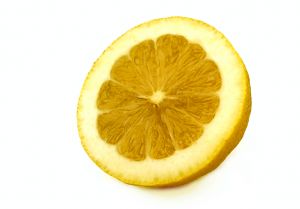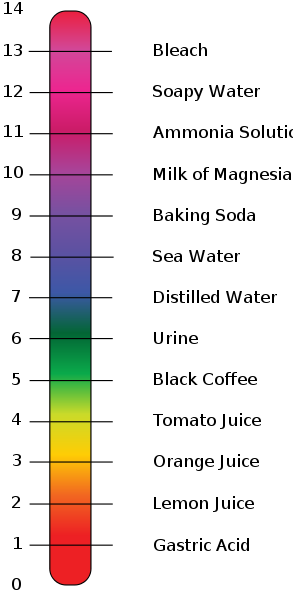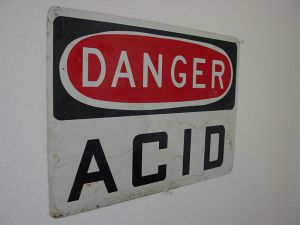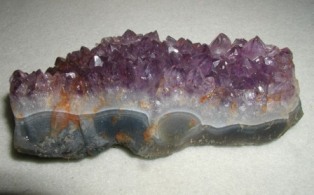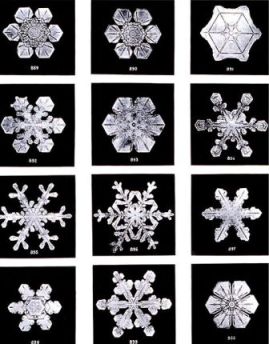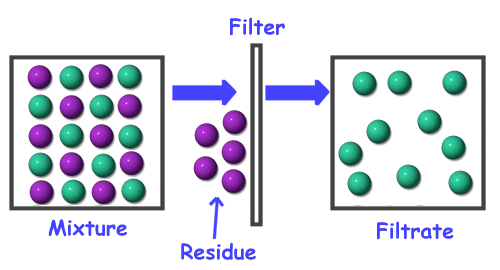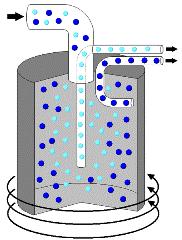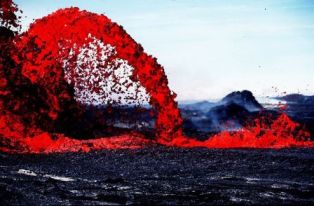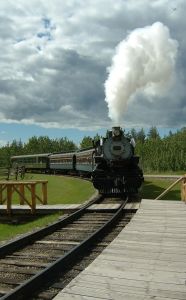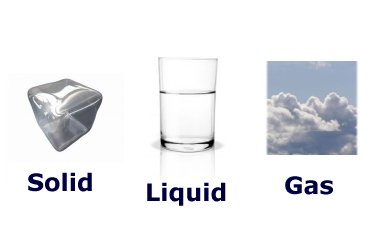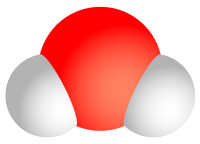Dear Dr. Asmayati Yahaya, thank you for being an excellent educator! We know lecturer like you are not easy to find. I appreciate
your time, your patience, your ability to make a SKP6024( Technology and
Innovation In Teaching and Learning Chemistry
course interesting, and your smile.
I am grateful to you for introducing many ICT
application and software in Teaching and Learning chemistry. It will be a
priceless asset that you have given to me to improve my teaching skills and
make my lesson interesting. As a teacher I believe that I need to do my best to
keep technology in my classroom by incorporating it in all my curriculums. I hope
the creativity that you have cultivated
in me will make me success and achieve my objective.
Your compliments and encouragement have always been
important to me.
Thank you for being genuine.
Thank you for seeing me as a partner in learning and sharing. Thank you for
being you. Thank you for being one of the few great lectures out there. May you
inspire others to achieve the greatness you have.
Thank You....

